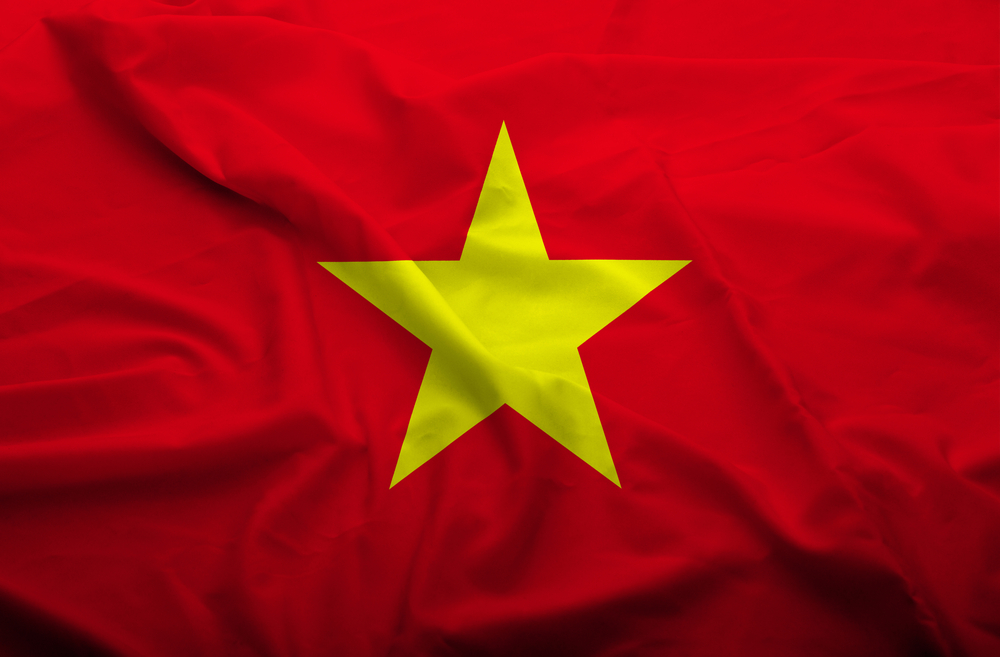
MANILA — The Philippines on Sunday lauded Vietnam’s backing for its arbitration case against China when it submitted its position before a Netherlands-based arbitral tribunal where Manila is questioning the legality of Beijing’s claim over nearly the entire South China Sea.
In their position, Vietnam declared that the tribunal has jurisdiction over the Philippines’ case, and by doing so, recognizes the arbitration process, which China is strongly opposing.
Vietnam also objected to China’s nine-dash line claim – a tongue-shaped encirclement that covers almost all of the resource-rich waters – and its actions that undermine the claims of its smaller Asian neighbors.
“The Vietnamese position is helpful in terms of promoting the rule of law and in finding peaceful and nonviolent solutions to the South China Sea claims based on international law, including United Nations Convention on the Law of the Sea,” a Foreign Affairs statement said. “This promotes peace and stability in our region.”
China had beefed up its military and paramilitary presence in the waters and have embarked on several reclamation activities in contested features, stoking tensions anew in the South China Sea.
Beijing’s activities have alarmed foreign governments like the United States and Japan.
An infuriated China immediately castigated Vietnam for its legal move, which contradicts its position on the disputes. China has repeatedly said that it will not join the arbitration and maintains its “indisputable” sovereignty over the waters, where Malaysia, Brunei and Taiwan are also claimants.
Manila said Vietnam’s move was “not wholly unexpected,” adding it has had “close consultations” with Hanoi bilaterally as well as within the Association of South East Asian Nations, where they are both members, on claims and issues on the South China Sea.
“Vietnam naturally seeks to protect its own interests,” it said. “What we understand, however, consistent with our previous discussions, is that the Vietnam’s basic position largely accords with ours with regards to the South China Sea.”